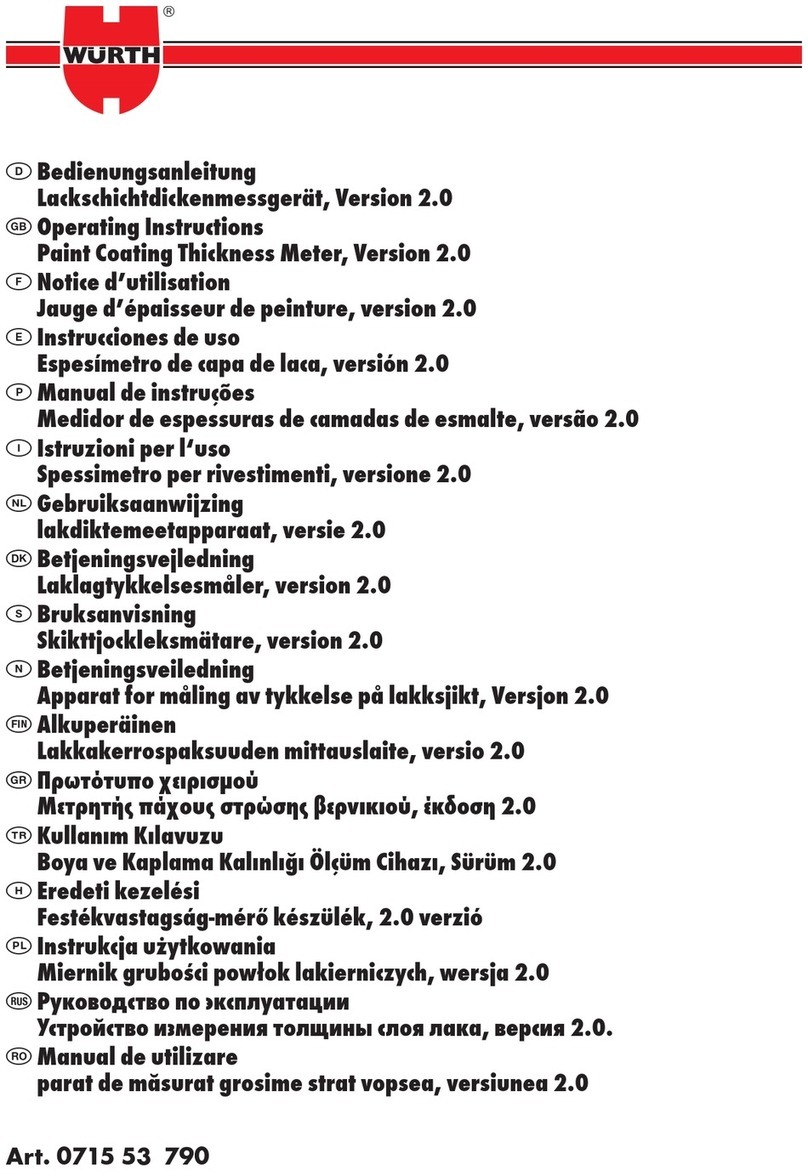Würth EASY FINDER Quick guide
Other Würth Measuring Instrument manuals

Würth
Würth Auto-Measurefix F281119-106 User manual

Würth
Würth TEST PLUS User manual

Würth
Würth MM 600 TRMS Quick guide

Würth
Würth RL 2-14 User manual
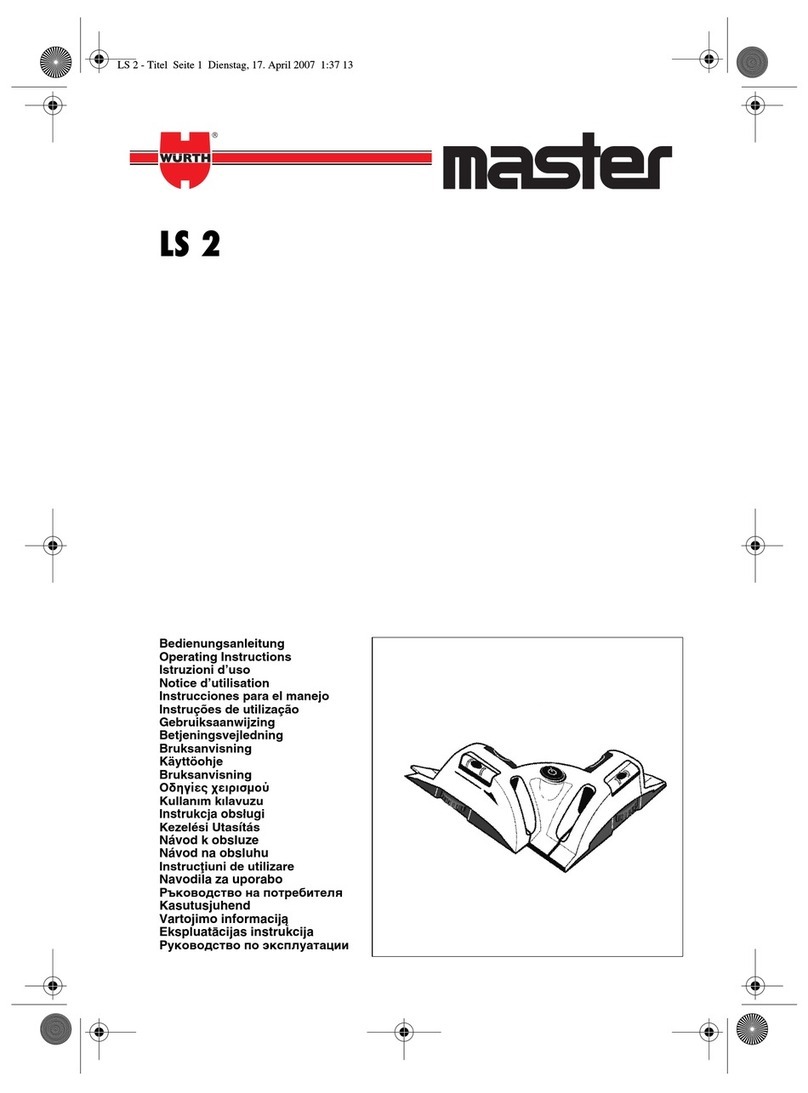
Würth
Würth Master LS 2 User manual

Würth
Würth DUO Quick guide

Würth
Würth AM 600 AC/DC User manual
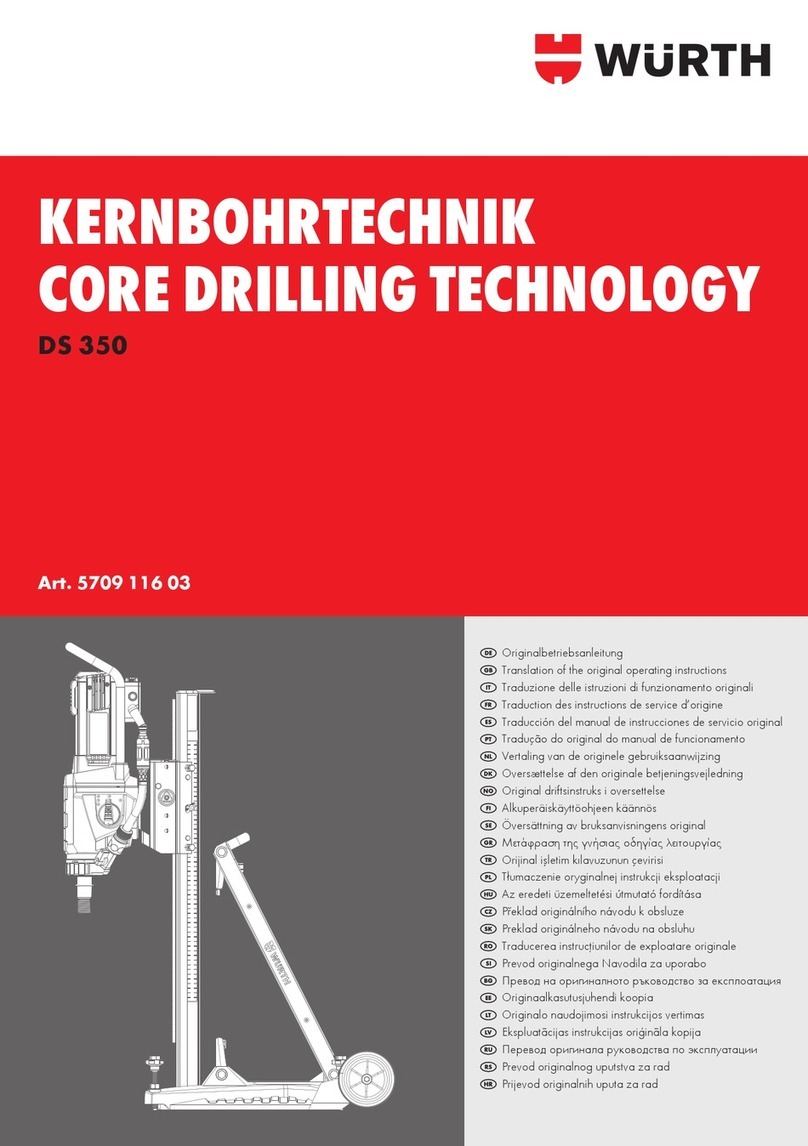
Würth
Würth DS 350 Quick guide

Würth
Würth FLL13 Quick guide
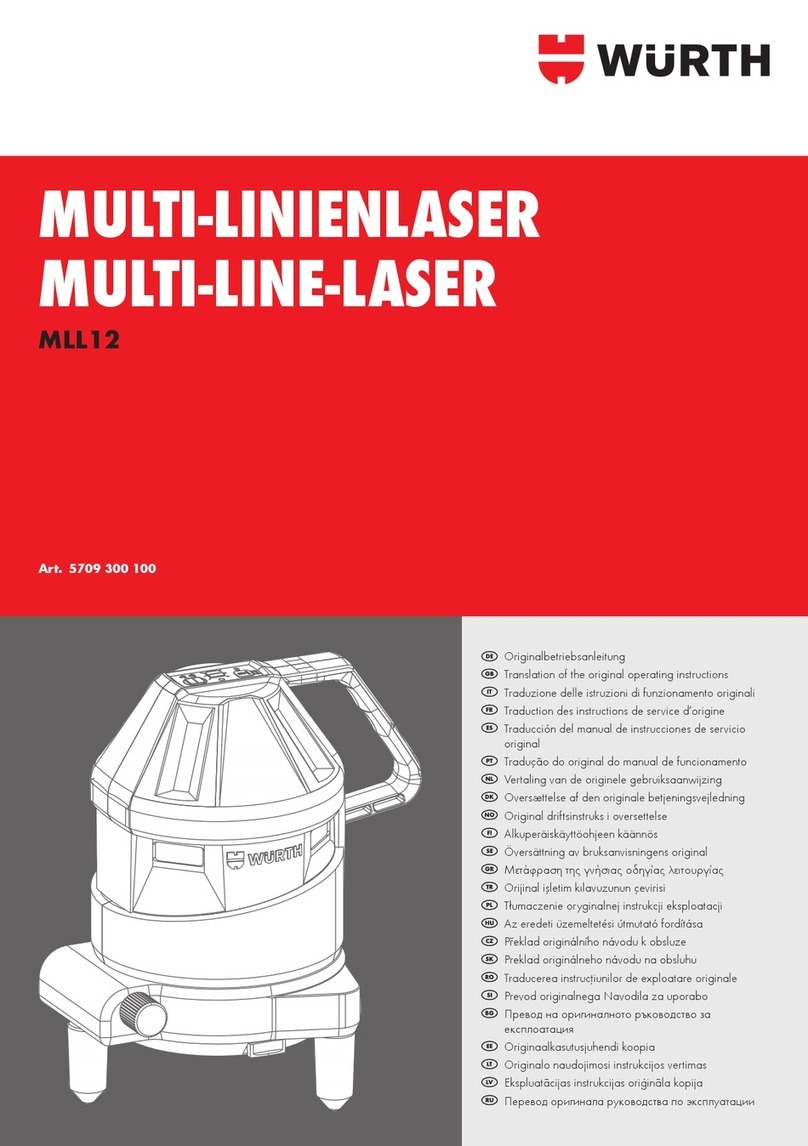
Würth
Würth MLL12 Quick guide

Würth
Würth EVAPO MAT 0964 764 400 Quick guide
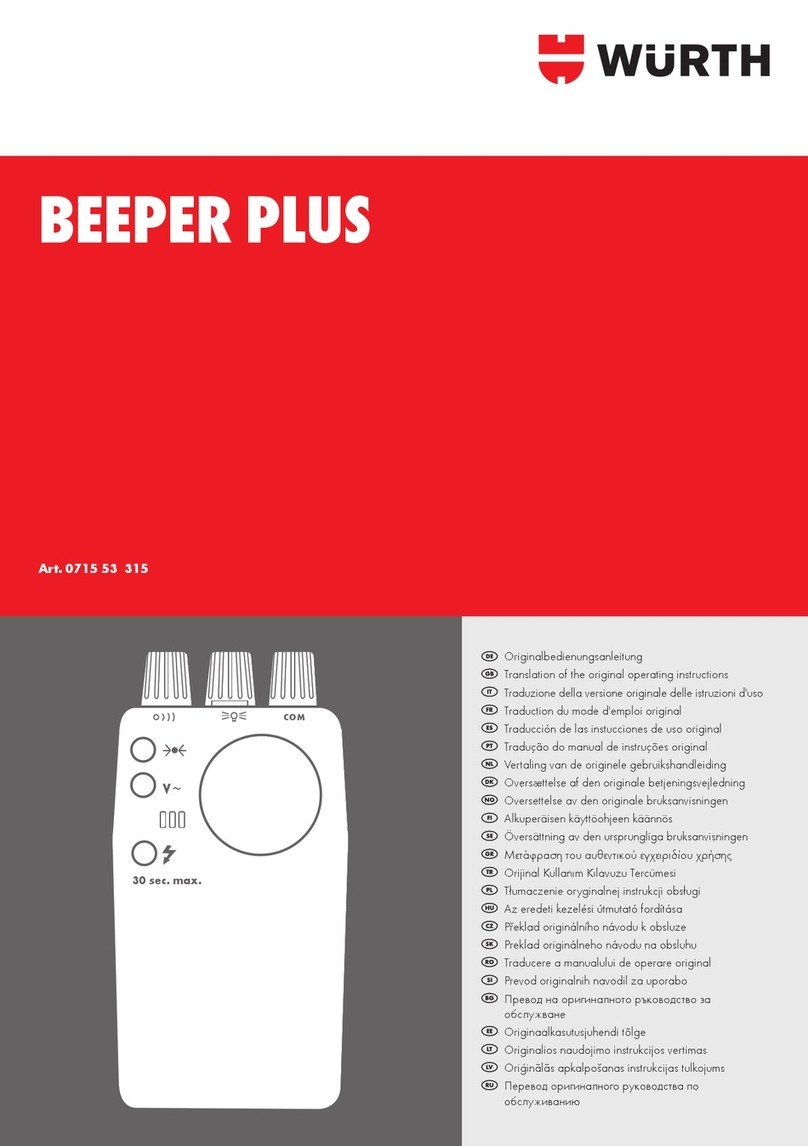
Würth
Würth BEEPER PLUS User manual

Würth
Würth ORSY-Mobil 4 User manual
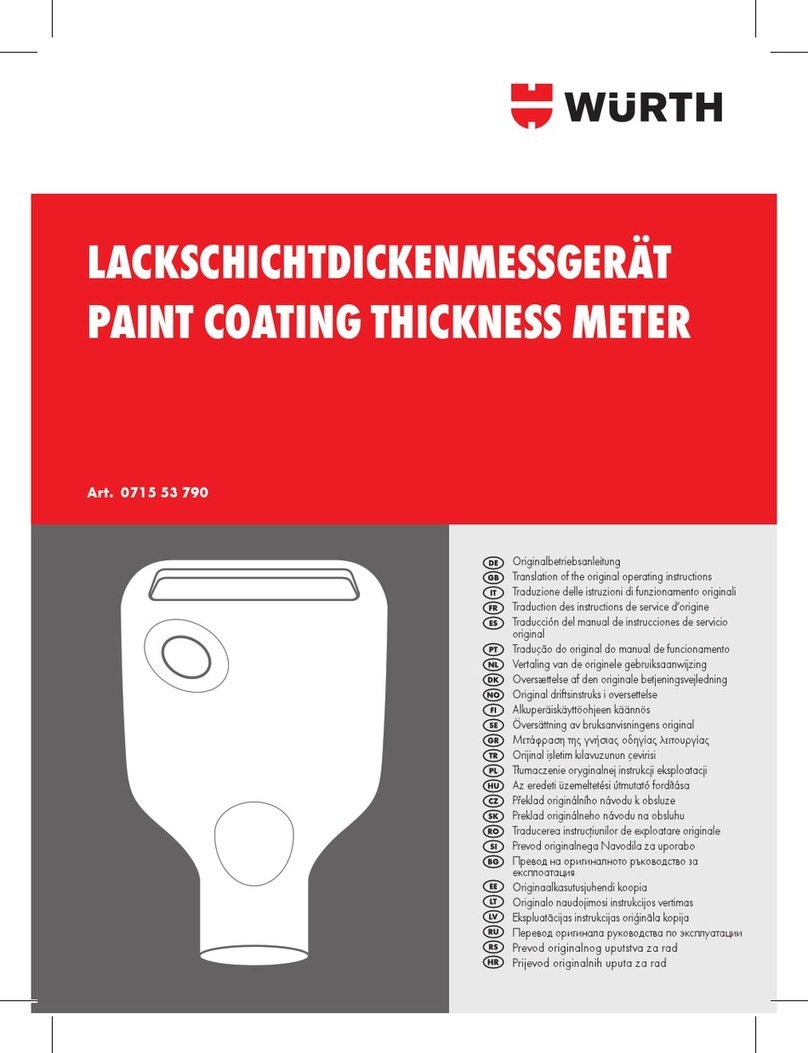
Würth
Würth 0715 53 790 Quick guide

Würth
Würth WDM 30 User manual
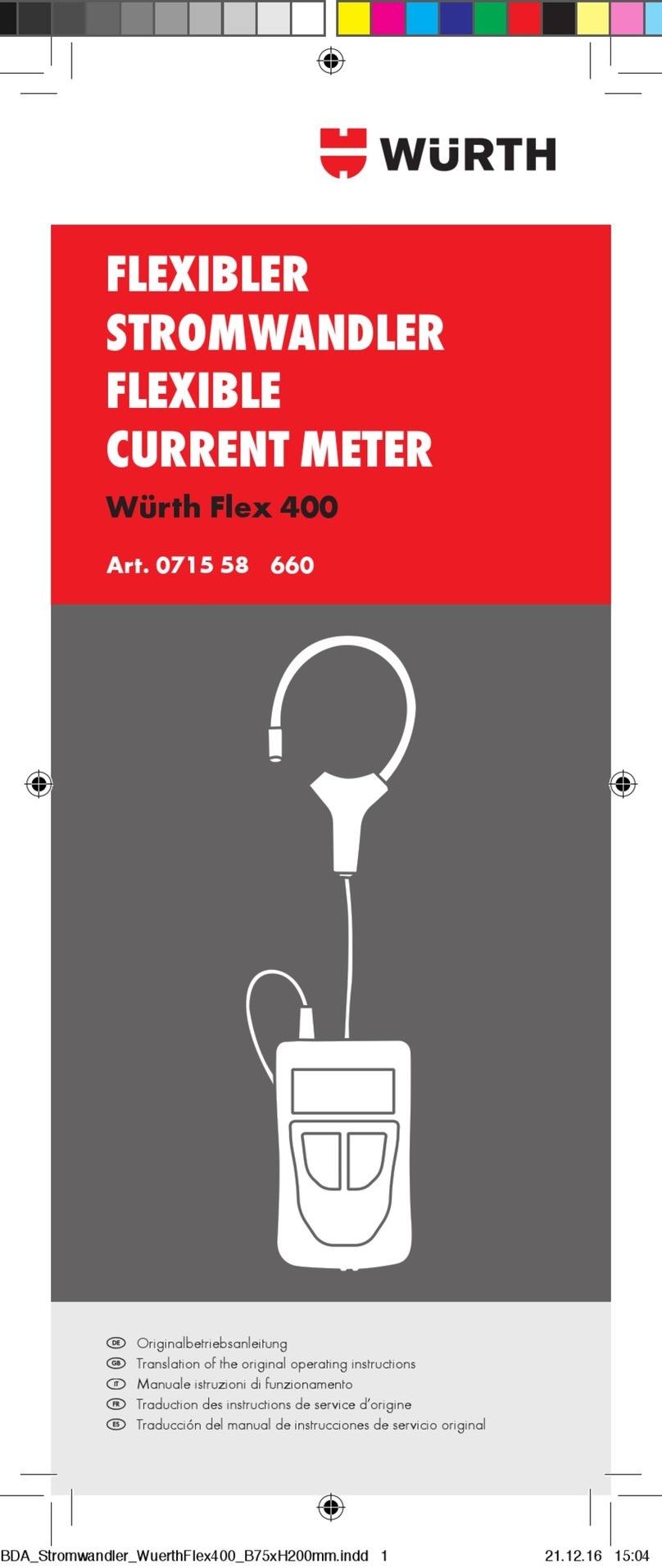
Würth
Würth Flex 400 Quick guide

Würth
Würth RL 5-14 User manual

Würth
Würth WDM5-12 User manual

Würth
Würth RL1-18 Quick guide

Würth
Würth WDM 6-22 User manual
Popular Measuring Instrument manuals by other brands

Powerfix Profi
Powerfix Profi 278296 Operation and safety notes

Test Equipment Depot
Test Equipment Depot GVT-427B user manual

Fieldpiece
Fieldpiece ACH Operator's manual

FLYSURFER
FLYSURFER VIRON3 user manual

GMW
GMW TG uni 1 operating manual

Downeaster
Downeaster Wind & Weather Medallion Series instruction manual

Hanna Instruments
Hanna Instruments HI96725C instruction manual

Nokeval
Nokeval KMR260 quick guide

HOKUYO AUTOMATIC
HOKUYO AUTOMATIC UBG-05LN instruction manual

Fluke
Fluke 96000 Series Operator's manual

Test Products International
Test Products International SP565 user manual

General Sleep
General Sleep Zmachine Insight+ DT-200 Service manual



